Top 25 Outdoor & Greenhouse Cucumbers in 2019
The variety of cucumber varieties causes confusion and indecision: which variety to choose when all producers promise easy care and a bountiful harvest? It is difficult not to get lost in the achievements of breeders. To make a choice without much hesitation, you should rely on the cultivation characteristics: a greenhouse or open ground, climatic conditions, the desired flavor characteristics and the purpose of the fruit. Experienced gardeners, based on many years of experience, have already drawn conclusions and selected a number of varieties for planting in 2019.
For open ground
Which varieties are best suited for outdoor use? Among the properties should be resistance to low temperatures, humidity, drought and other weather conditions. The choice of a variety for open ground directly depends on the characteristics of the region. Not all cucumbers for the south and middle zone will take root and bear fruit in Siberia and the Urals and vice versa.
For cultivation in the garden, bush samples are preferable, which do not need a garter to the trellises, form a lush bush. Usually, the seeds of bush species are planted directly into the ground.
Which cucumbers adapt better than others in the harsh conditions of open ground:
- Farmer - late-ripening variety, and the harvest will have to wait up to 50-60 days. Very strong cucumber with a high yield - up to 14 kg from 1 m2... The purpose of the fruit is universal.
- Alligator - a plant with a telling name, a variety with elongated dark green fruits (up to 35-40 cm). High-yielding hybrid - up to 16 kg per 1 m2.
- Fontanelle - mid-season bush with a stable yield. It can also be grown in a greenhouse, in this case, fruiting increases - up to 25 kg from 1 m2.
- Pickle - late ripening medium-sized cucumber. Purpose - for canning.
- Altaic - the optimal variety of cucumber for Siberia. An early ripening bush, which is very necessary for regions with an early arrival of autumn frosts. The shrub is cold-resistant, with a stable yield. Pickled fruits grow up to 12 cm in length.
Bee-pollinated
The bee-pollinated varieties have the best taste characteristics. No parthenocarpic can compare in the juiciness of the pulp with those fruits that have ripened as a result of insect pollination. And the most suitable working conditions for bees are open beds.
Rating of the most delicious and productive bee-pollinated cucumbers:
- Pet F1 - an early ripe hybrid. Perhaps the best example for salting. Thin skin and dense flesh, high yield allow you to make the most delicious pickles in barrels.
- Hybrid Kumanyok F1 - option for beginners. Ideal for outdoor use, withstands rainy conditions. Partial parthenocarpicity is present, which compensates for the lack of pollination. Universal fruits up to 12 cm.
- Brownie F1 - mid-season bee-pollinated cucumber. From 1 m2 up to 11 kg of fruits are harvested on the site - this is a good indicator. Differs in active and long-term fruiting. Juicy, crispy salad cucumbers up to 9-10 cm.
Greenhouse varieties
A greenhouse is a suitable option for cultivating cucumbers in harsh climatic conditions. The design influences the choice of the variety. Most varieties are suitable for polycarbonate greenhouses; for film varieties, it is better to select cold-resistant ones.
Which varieties and hybrids have proven themselves well in greenhouse cultivation:
- Phoenix - insect pollinated bush, standard fruits - up to 12-14 cm, universal. Average yield - up to 6 kg per bush.
- Lilliputian cucumbers extremely drought tolerant. One of the most popular gherkins.
- Parisian gherkin - late ripening, high-yielding. From 1 m2 up to 30 or more kilograms of fruits are harvested - this is a record figure.
- Zozulya - a great option for a novice gardener. The bush grows not thickened, formation is practically not required. At the same time, the yield of Zozuli is one of the highest - up to 30 kg from 1 m2.
Hybrids
The best option for a greenhouse is parthenocarpic hybrid cucumbers. Their advantages: no insect pollination is required, or rather, no pollination is required at all. Female flowers are formed on such bushes, the ovaries are formed by themselves. The scourges of hybrid cucumbers are poorly developed, they do not require frequent pinching. But the thickening of the plantings is contraindicated for greenhouse cucumbers: the plants must receive enough light for the fruits to ripen in large quantities.
Other benefits of hybrids include disease resistance. Such fruits are not bitter due to the lack of male flowers on the bush. Hybrids are designated F1 and are easy to identify from a wide selection of seeds.
The best hybrid cucumber varieties for greenhouses:
- Herman F1. Early, high-yielding gherkin type cucumbers. From one plant in a greenhouse, up to 9 kg of fruits are obtained. Bunch type, up to 7-8 fruits are formed in one bunch. Cucumbers are universal, without bitterness. The hybrid is resistant to viral and fungal diseases. A small amount of small seeds does not affect the taste in any way.
- Masha F1. Super early variety, fruiting starts from the 37th day. A very productive parthenocarpic, 10 or more kilograms of cucumbers are taken from one bush. Fruit length no more than 11 cm. Purpose - salad and salting.
- Courage F1. Popular greenhouse cucumbers. The yield is good - up to 8 kg per bush. Mid-season - 45-50 days. The fruits are large, up to 15 cm, with a thin skin and crunchy pulp. Good for pickling early. Ideal for salads.
- Director F1. Another contender for growing in greenhouse conditions. Early maturing species with a long fruiting period, gherkin type cucumbers, size - up to 9-10 cm. Taste qualities are excellent, the pulp is juicy, sweetish, without bitterness. The variety has additional advantages - shade tolerance and resistance to powdery mildew.
- Goosebump F1. One of the most successful experiments of the Gavrish company. A medium-sized shrub is optimal for small greenhouses. Early maturing, high-yielding. As with most hybrids, there is no bitterness. The fruits are versatile, retain their presentation for a long time.
Advice! The most productive varieties are most often late ripening. In order to grow a crop on an industrial scale, it is better to wait two extra weeks for the harvest, but then collect the greens and delight the family and customers with their number.
Universal varieties
Self-pollinated cucumbers are plants with bisexual flowers. For pollination to take place, insects are not required, but external intervention is still necessary. It can be wind or hand pollination. Self-pollinated cucumbers bear fruit equally well in the greenhouse and in the garden.
The best self-pollinated varieties with a description:
- Booth - a strong bush with an average but stable yield of 3.5 kg per bush. Early ripening species - fruits ripen in 40 days.
- Connie - the leader among self-pollinating cucumbers in terms of yield - from 9 kg per bush. Late-ripening variety - the harvest ripens by the 50th day. The cucumbers are small, 10 cm long.
- Berendey - medium cucumbers up to 15 cm, well stored, tasty option for pickling.
- Gerda - a variety with high resistance to fungal diseases. Average yield - up to 3.5 kg per bush.
- Pinocchio - mid-season bush with a stable yield of 3.5 kg per bush. Fruits up to 8-9 cm.
Advice! The advantage of varieties over hybrids is the possibility collect seeds from grown cucumbers for annual planting. In hybrids, seeds for planting are not formed.
A few more tips for gardeners
From sowing seeds to fruits, you need to invest all the care and attention in planting. It will be easier to grow a decent harvest of any cucumber if you start with the right choice of planting material:
- First tip: it is better to buy young varieties.Older specimens are more susceptible to disease. Selection is moving towards complete resistance of cucumbers to powdery mildew, anthracnose and other misfortunes.
- Second rule: if you take a hybrid, give preference to the official manufacturer. Such cucumber seeds are more expensive, but their processing increases the probability of germination up to 100%. The fake seeds may be contaminated, or it turns out to be a different variety from the declared one.
- Third, but not least: when planting different varieties together, parthenocarpics and pollinating varieties cannot be chosen as neighbors. In the former, the quality of the fruit may deteriorate due to pollen.
Choosing a cucumber for a site is a simple matter. Finding a high-yielding, robust variety with excellent flavoring characteristics is more difficult. If you made a mistake, you should not be very upset. Cucumber is an annual crop, so every year it allows you to experiment with plantings.
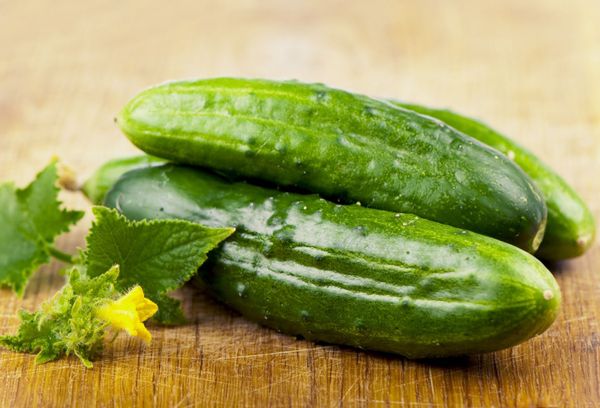
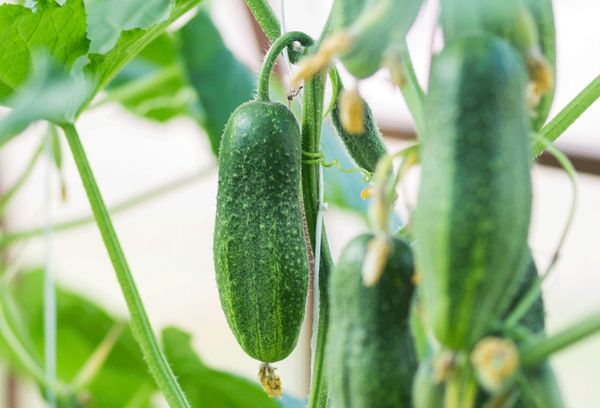
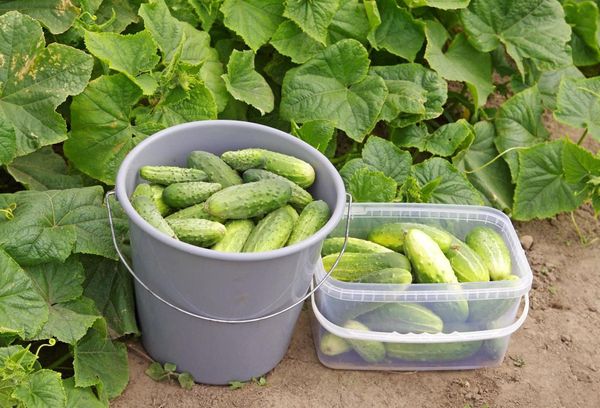
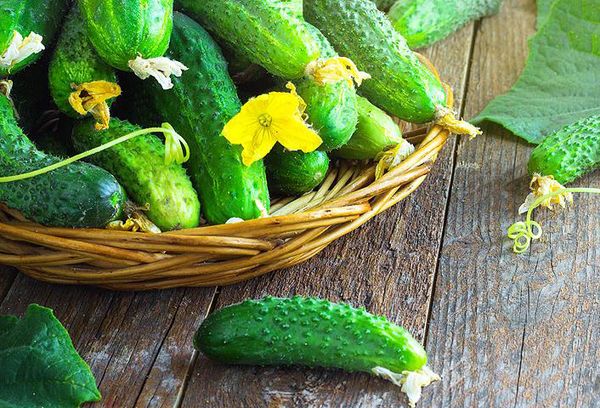
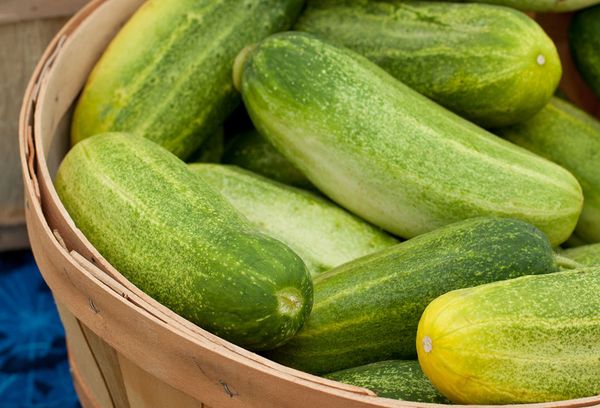
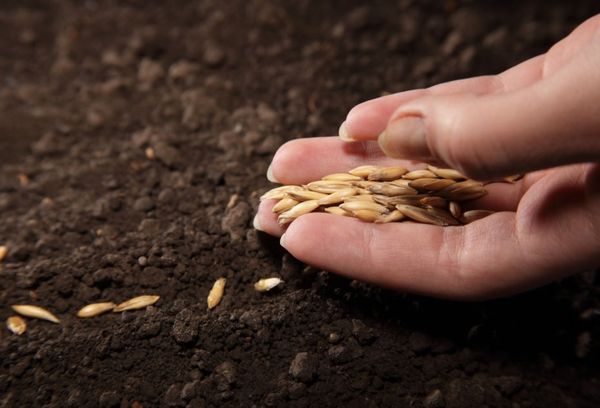
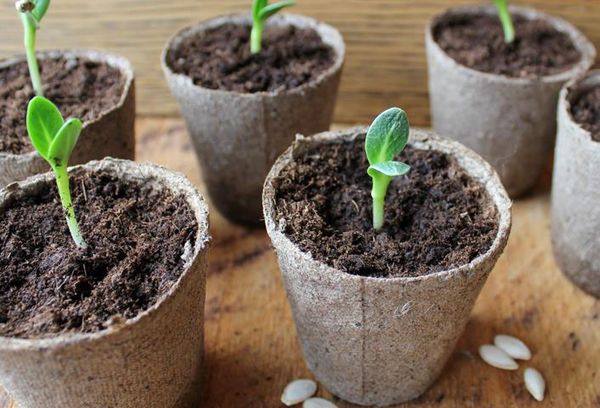
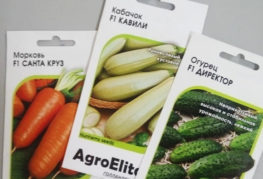
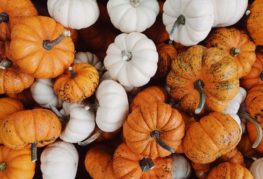
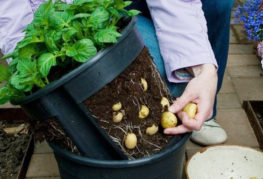
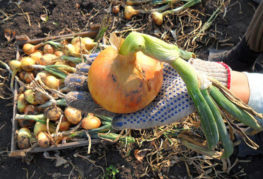
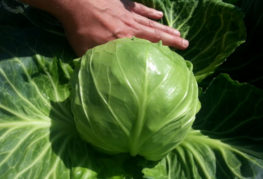
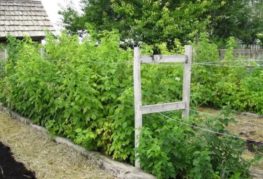
thanks for the good information
very helpful tips
Useful information for a resident of Ukraine